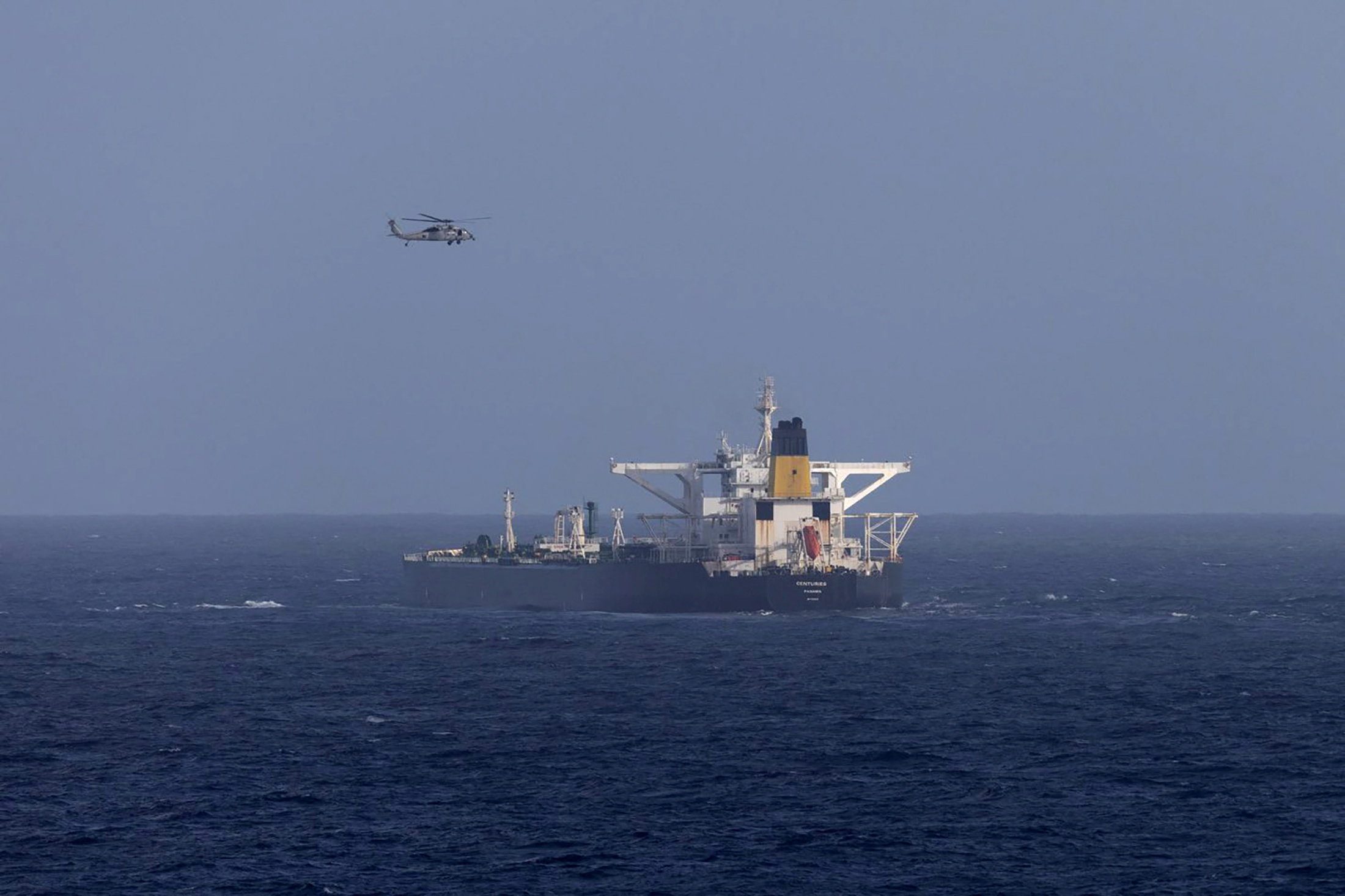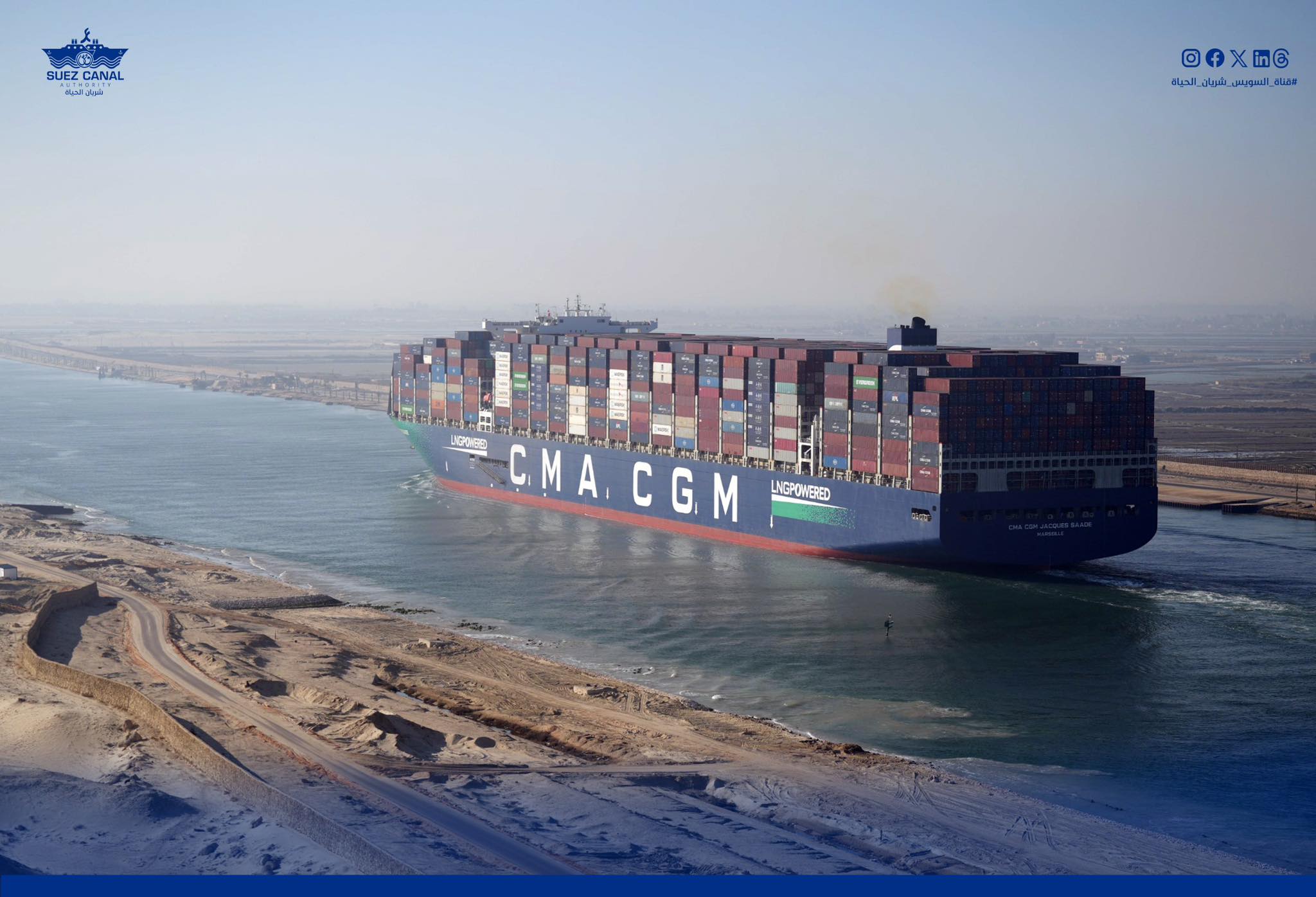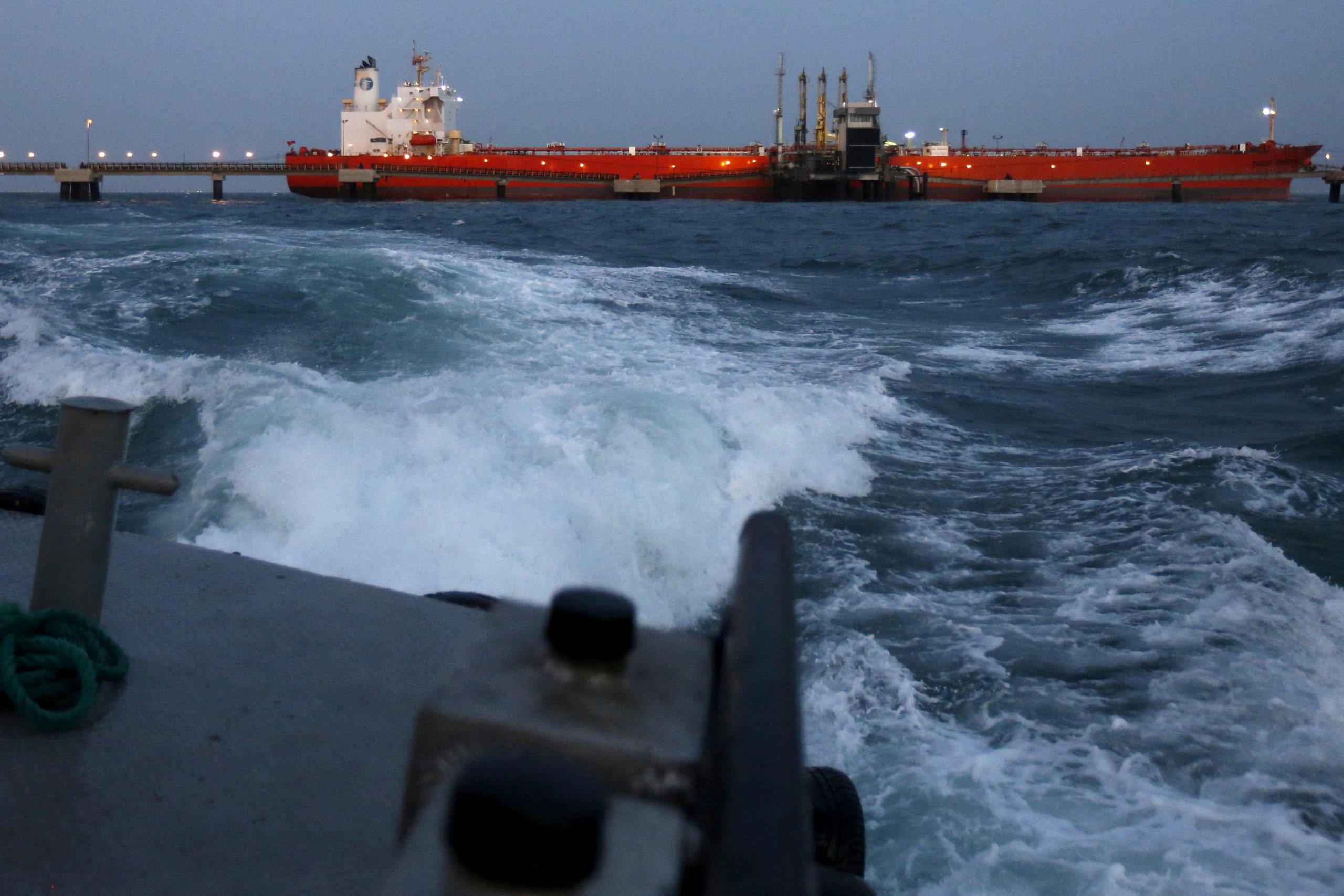By Roberto Samora and Ana Mano
SAO PAULO, May 17 (Reuters) – The Rio Grande port authority said the impact of excess rains and heavy flooding on cargo shipments will only be possible to assess at the end of the month, according to a statement on Friday in response to questions from Reuters.
Bad weather has constrained and continues to constrain cargo movement at Rio Grande, which is the fourth largest in the country for soy exports and third largest for fertilizer imports.
On Tuesday, the Rio Grande port authority had set a new draft of 12.80 meters (41.99 ft) for vessels at three grain terminals. Despite disruptions, all terminals have continued to operate, the port authority said.
The Rio Grande port is located in the south of Brazil’s Rio Grande do Sul state, a big grains and meat producer and exporter.
In recent days, the deadly floods have hampered meat production and the harvesting of rice, corn and soybeans in Rio Grande do Sul. The waters hit food silos and affected critical infrastructure, including access to the Rio Grande port.
According to emergency services, entire towns were submerged while the water killed livestock and at least 154 people. An estimated half a million people are dislodged out of a total 2.2 million affected, they said.
Southern Brazil’s location at the confluence of tropical and polar currents has fed periods of increasingly intense drought and rains due to climate change.
Grain traders which operate in the area have also been affected directly.
Last week, Bunge temporarily halted its Rio Grande soy crushing facility and port terminal because forecasters predicted more rains and flooding in the region.
On Friday, Bunge told Reuters the facilities remain closed and will only resume operations when it is deemed safe.
(Reporting by Roberto Samora and Ana Mano in São Paulo; Editing by Aurora Ellis)
(c) Copyright Thomson Reuters 2024.

 Join The Club
Join The Club












